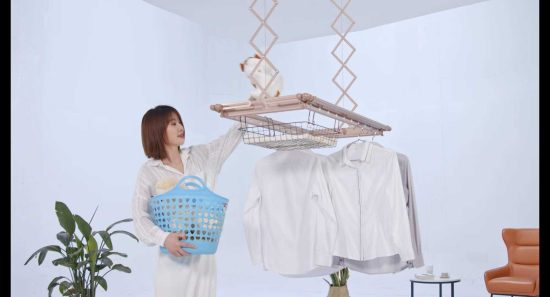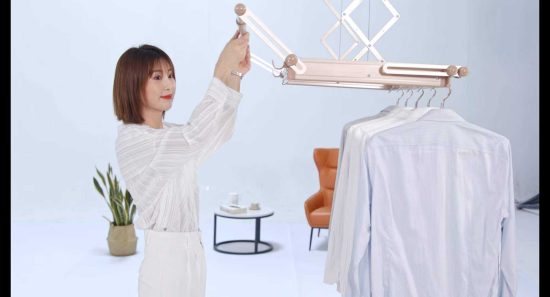Choosing the right kids hangers involves considering factors such as the material, size, and design. Here are some key points to keep in mind when selecting kids hangers:
- Material: Kids hangers are commonly made of wood, plastic, or metal. Each material has its advantages and considerations:
- Wood: Wooden hangers are durable and aesthetically pleasing. They provide good support for clothes and help maintain their shape. Look for hangers made of sturdy hardwood, such as cedar or beech.
- Plastic: Plastic hangers are lightweight, affordable, and come in various colors. Look for hangers made of durable plastic that can withstand the weight of children’s clothing.
- Metal: Metal hangers, often coated with a non-slip material, are sturdy and suitable for heavy items like coats. Ensure the metal is smooth and doesn’t have any sharp edges that could damage clothing.
- Size: Kids hangers come in different sizes to accommodate the specific needs of children’s clothing. Consider the age and size of your child to choose hangers that fit well. Smaller hangers are suitable for baby and toddler clothes, while larger hangers are better for older children’s clothing.
- Design features: Look for hangers with design features that enhance functionality and protect clothes:
- Rounded edges: Hangers with rounded edges help prevent snags and tears on delicate clothing.
- Non-slip features: Some hangers have a non-slip coating or rubberized grips to prevent clothes from slipping off.
- Notches or clips: Hangers with notches or clips are useful for hanging items like skirts, pants, or outfits with matching accessories. These features help keep the clothing in place.
- Consider the purpose: Think about the specific needs of your child’s wardrobe to choose the appropriate hangers. For example:
- Pants hangers: If your child wears pants or skirts frequently, consider hangers with adjustable clips or built-in bars to hang these items neatly.
- Shirt hangers: Hangers with wider shoulders can help maintain the shape of shirts and prevent them from getting wrinkled or misshapen.
- Quantity: Assess the number of clothes your child has and consider purchasing hangers in sufficient quantities. Having enough hangers ensures that each item has its own designated space, preventing overcrowding and reducing wear and tear.
- Personal preferences: Consider your child’s preferences and involvement in selecting hangers. Letting them choose hangers in their favorite colors or designs can make organizing their clothes more enjoyable for them.
By considering these factors, you can choose the right kids hangers that suit your child’s clothing needs and help keep their wardrobe organized and well-maintained.


